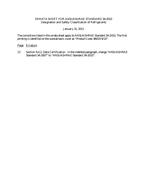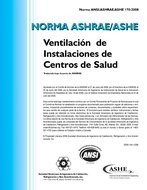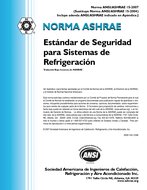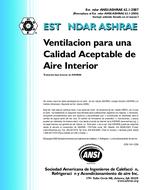Description
Eliminating or minimizing the defrost penalty of air source heat pumps will increase their energy efficiency and their market penetration. Preliminary research suggests that coating the outdoor coil of a heat pump with an icephobic coating will lead to reduced (or delayed) frost accumulation and defrosting requirements. Additionally, the coatings may allow faster shedding of ice and shorten the defrost duration.
Prior research in nanotechnology has shown that a normal layer of polymer with particles for surface texture approximately 10 to 20 microns thick impacted the heat transfer characteristics of a metal substrate. Given the small clearance between fins in an assembled heat exchanger, a procedure was developed to apply this concept to improve heat transfer performance in heat pump applications.
Feasibility of this concept was explored through experimental investigation of a residential-style 2.5-ton heat pump system. The outdoor coils of two identical heat pumps were modified to incorporate an icephobic coating. To do so, the coils were removed from the outdoor units. The fin surfaces were roughened with an acid etch and a near mono-molecular layer of a highly repellent material was applied. Roughening the surface can bring about texture similar to the particle method. A very thin coating system was derived using a monomer and a low molecular weight oligomer. This coating system was then applied by pouring it repeatedly over the coils. Both coils were treated in the same fashion.
After treatment was applied, the coils were reassembled in the outdoor units and prepared for experimental testing. Using an environmental chamber and temperature-controlled wind tunnel, extensive experiments were conducted to compare the coated coil prototypes against a baseline unit that was not modified. Testing was conducted under controlled conditions and served to quantify the difference in frost accumulation and defrost cycle times between each of the units. Both coated coils showed improvement over the baseline condition in terms of reduced frost accumulation, though results were inconsistent, likely due to uneven application of the icephobic coating. Ultimately, this effort shows the potential of an icephobic coating, but more work is required to address manufacturing techniques and operational challenges. Coating fins prior to assembly into coils, for example, could improve both the process of application of the icephobic coating and coil performance.
Citation: 2017 Winter Conference, Las Vegas, NV, Conference Papers
Product Details
- Published:
- 2017
- Number of Pages:
- 8
- Units of Measure:
- Dual
- File Size:
- 1 file , 1.2 MB
- Product Code(s):
- D-LV-17-C075




